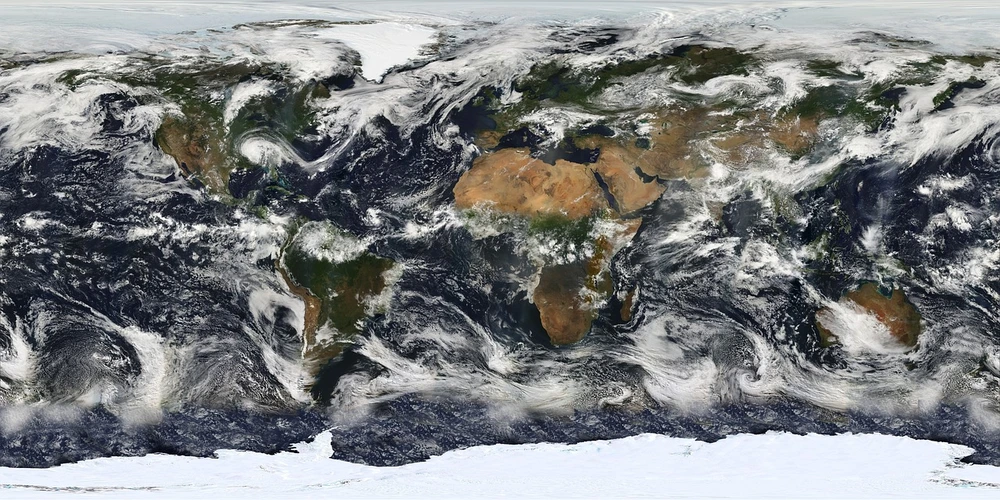
As Larry Di Girolamo stood at Vandenberg Air Force Base in December 1999, he was a relatively new professor in what would become the Department of Climate, Meteorology, & Atmospheric Sciences at the University of Illinois. He had come to witness the launch of the Terra satellite into orbit—a spacecraft carrying an instrument he had helped design since his days as a graduate student, coding on a green-and-black monitor nearly a decade earlier. That early work would grow into a career-defining project that followed him through nearly every stage of his professional life.
As Terra soared skyward, carrying the Multi-angle Imaging SpectroRadiometer, he stood among teammates cheering so loudly his ears rang. They thought MISR might last six years. They had no idea it would still be operating 25 years later.
Now, the MISR mission is coming to a close. Originally intended to gather basic statistics about clouds and aerosols in Earth’s atmosphere, it became the longest continuous climate-quality satellite record, outlasting expectations by nearly two decades and reshaping what scientists understand about pollution, weather, and climate change.
And in one of its final acts, MISR helped confirm something that has long been theorized but never directly observed: the jet stream is shifting and speeding up, with consequences that ripple through global weather systems.